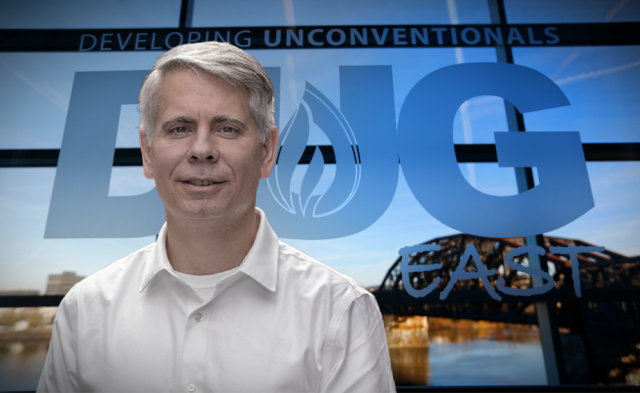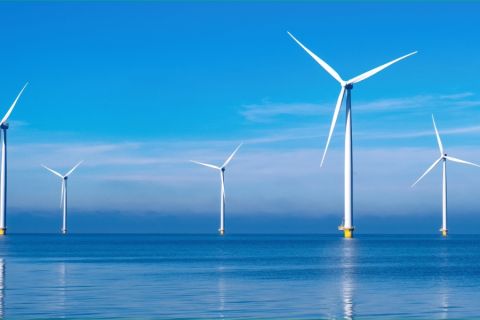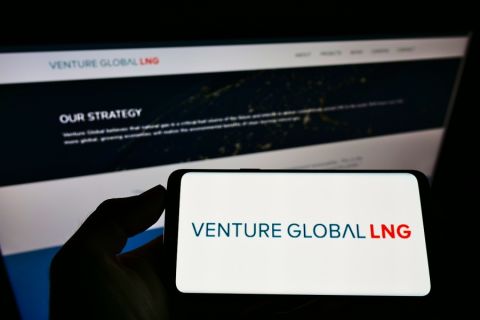
(Source: Hart Energy; image of Nick Deluliis courtesy of CNX Resources Corp.)
As the energy transition moves forward and oil prices struggle, natural gas producers are wondering about the opportunity ahead. Nowhere is that more evident than the Appalachian Basin where gas producers in the Marcellus and Utica shale plays decipher the future market, the changing regulatory environment and who will be left to take advantage of the opportunity?
If you knew the definitive answer to that last one, you’d be a rich investor. As it stands, there’s plenty of mergers and acquisition rumors to keep the Twitter-verse appeased, but how much will consolidation actually hit the Appalachian Basin?
One person whose company has been the subject of persistent mergers and acquisition talk is Nick Deluliis, president and CEO of CNX Resources Corp. who was the keynote speaker of Hart Energy’s DUG East and Marcellus-Utica Midstream Virtual Conference on Dec. 2.
Although Deluliis didn’t let on whether his company was in talks to be acquired by EQT Corp., as rumors continue to float, he did talk extensively about the A&D market as one of his three “reckonings” Appalachian shale producers will have to face.
“M&A is front and center everywhere you look these days in our industry and in our basin,” Deluliis said. “Obviously, M&A depends. It always depends. There are synergies that will be created with combinations. There are also ‘dis-synergies’ that are created in certain instances where the costs of the combination can take quite a long time to overcome.”
RELATED:
EQT CEO Toby Rice Promotes Massive M&A in Appalachia
Deluliis offered what he called “hard truths” about M&A to the approximately 1,500 registrants of the event.
“Early movers in M&A are typically the losers while the patient ones are typically the winners,” he said noting examples in the banking industry during the financial crisis.
“Another thought on M&A is, sometimes, it’s a convenient opportunity to gloss over or address problems the acquirer may have looming,” he continued. “Whether it’s balance sheet, whether it’s free cash flow outspend, cost structure, lack of depth of inventory—those issues can loom quite large. If you’re looking to address those, M&A often can gloss over those problems.”
The problem with the M&A approach, according to Deluliis, is that equity holders of the acquirer ultimately pay the price of fixing that problem. “But that might be something we are seeing looming large for M&A in our basin,” he said.

Deluliis also talked about scale in regard to M&A. In particular, he said getting bigger doesn’t always mean there are inherent advantages. “When you look at getting bigger or scale for the sake of scale, there’s data that questions that thesis, and it’s data within our own industry. I’ll point to Chesapeake in the past, and I’ll also point to Gulfport,” he said.
However, per Deluliis, CNX isn’t interested in horizontal integration—more acres, more production, more wells. “For us, that doesn’t seem to be a big value proposition via M&A,” he said, “but, with respect to vertical integration, there could be value there.”
Deluliis noted that vertical integration is one of the reasons CNX made the move to take back in all of CNX Midstream. “The ability to get that midstream integration with our upstream activities [is] a big driver of our cost structure, and a ‘financial moat,’ I’ll call it of our financial sustainability,” he said.
He added, “vertical integration via industrial logic might warrant some benefit and thought, but the horizontal one [is] sort of difficult and more challenging to see where that value might be.”
Recommended Reading
US Interior Department Releases Offshore Wind Lease Schedule
2024-04-24 - The U.S. Interior Department’s schedule includes up to a dozen lease sales through 2028 for offshore wind, compared to three for oil and gas lease sales through 2029.
Utah’s Ute Tribe Demands FTC Allow XCL-Altamont Deal
2024-04-24 - More than 90% of the Utah Ute tribe’s income is from energy development on its 4.5-million-acre reservation and the tribe says XCL Resources’ bid to buy Altamont Energy shouldn’t be blocked.
Venture Global Gets FERC Nod to Process Gas for LNG
2024-04-23 - Venture Global’s massive export terminal will change natural gas flows across the Gulf of Mexico but its Plaquemines LNG export terminal may still be years away from delivering LNG to long-term customers.
US EPA Expected to Drop Hydrogen from Power Plant Rule, Sources Say
2024-04-22 - The move reflects skepticism within the U.S. government that the technology will develop quickly enough to become a significant tool to decarbonize the electricity industry.



